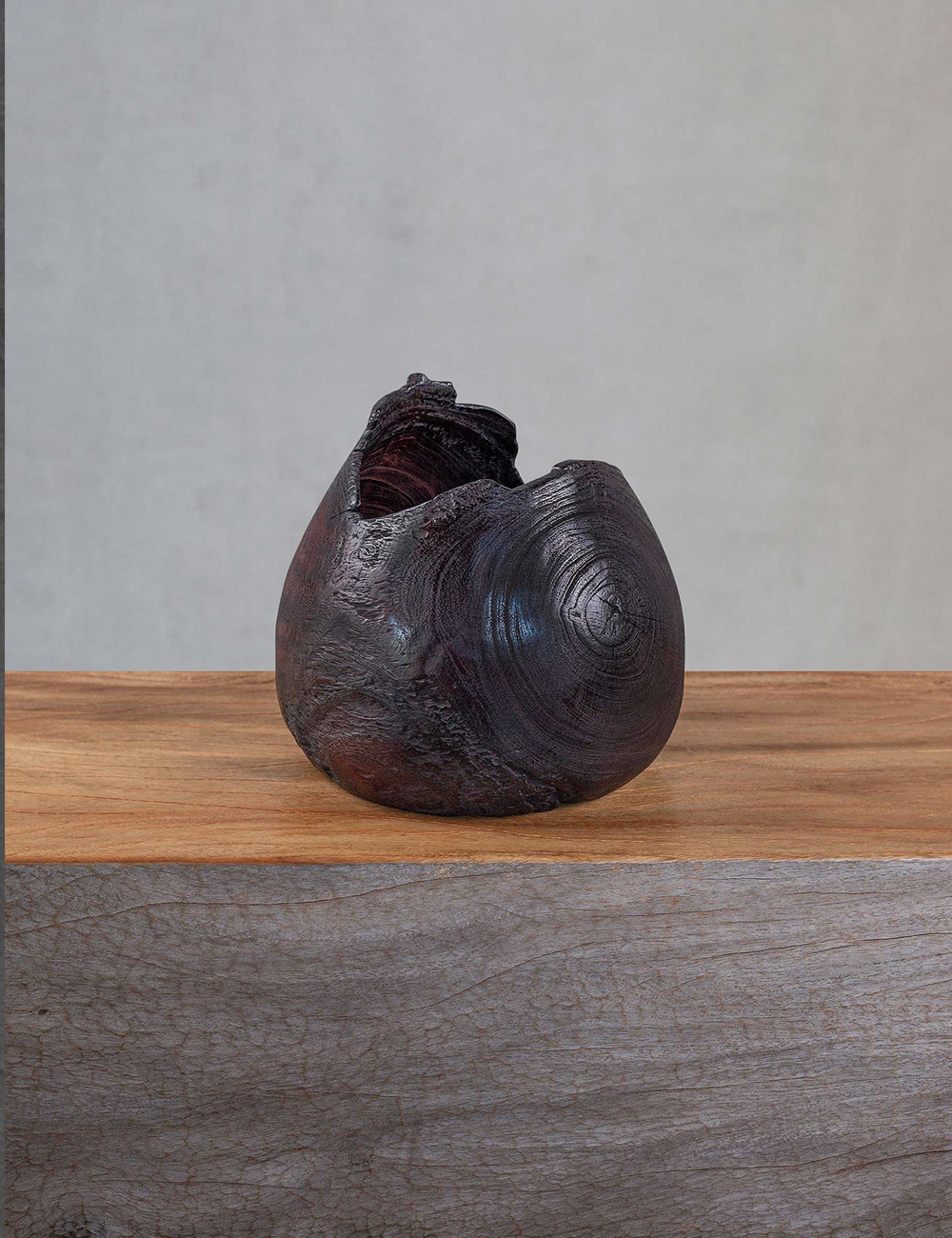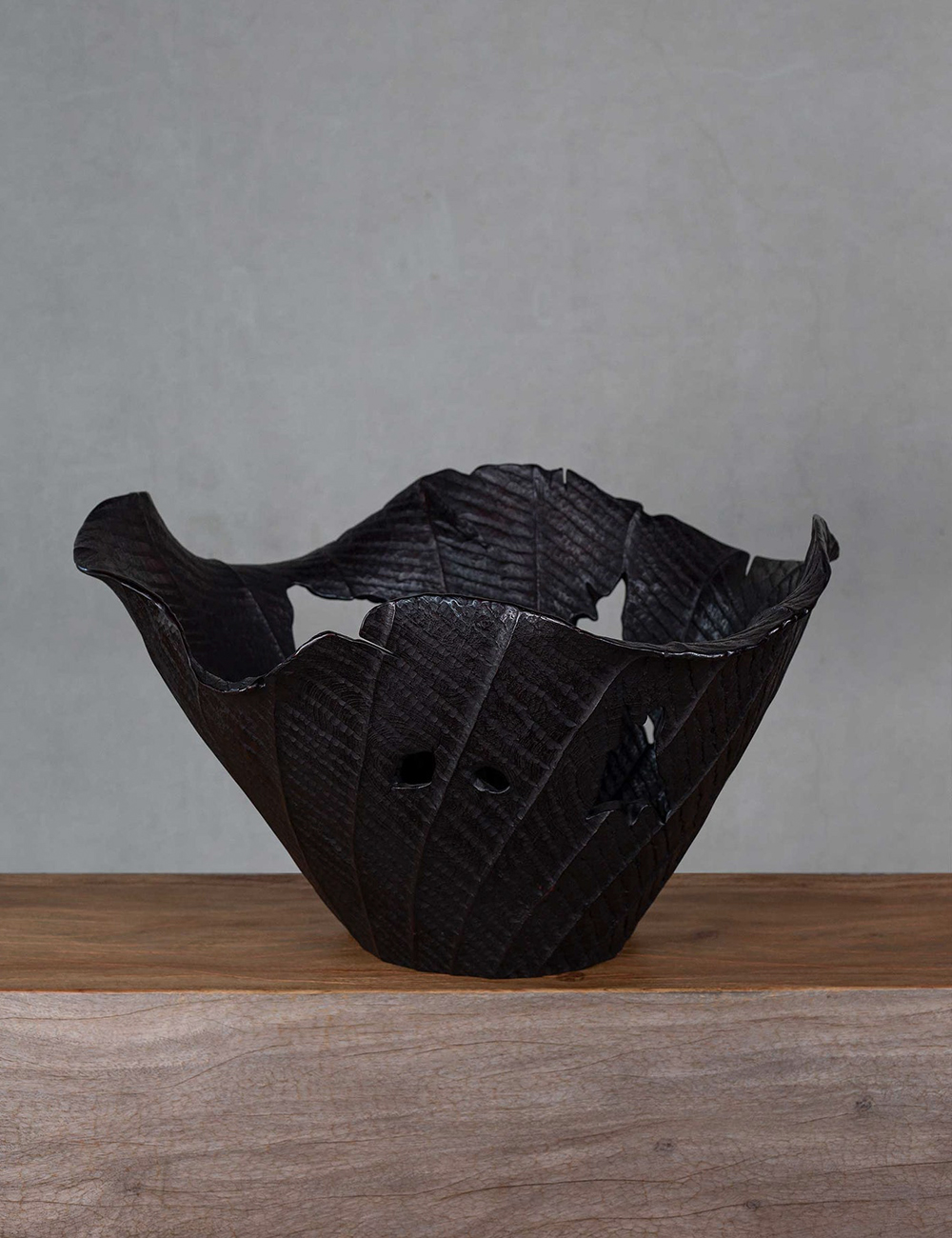FEATURES • SUPPLIERS
How Mary Verspoor
enhances the Organic Qualities
found in Recycled Teak
& Tropical Hardwoods?
How Mary Verspoor
enhances the Organic Qualities found in Recycled Teak & Tropical Hardwoods?
Mary Verspoor, of Indonesian-Dutch descent, is a designer & co-owner of Mary Verspoor, formerly Craft District, based in Bali. She works closely with her in-house team of craftsmen. Born with the mission to provide high quality products that are unique and authentic, the designers and makers of Mary Verspoor studio aim to retain and enhance the organic qualities found in recycled teak and tropical hardwoods, while respecting the natural environment.
"Our company’s values include creativity, authenticity, giving excellence and sustainability. We work with and redesign the raw material to offer furniture and home décor made of reclaimed, recycled, or responsibly sourced materials."
June 2024 • Words & Photography by The Punch
"Finest quality goods usually
use high-quality materials and can be reused, passed on, repaired and recycled. In short, this means longer life cycles and thus the protection of the environment."
Craft District
SUSTAINABLE DESIGN
Mary Verspoor's small team of designers and woodworkers have the creative vision and honed expertise to bring out the inherent beauty of natural wood. With a keen eye for the unique imperfections that give each piece its character, they transform raw materials into extraordinary creations. Their craftsmanship celebrates the uniqueness of wood, resulting in designs that are both innovative and timeless.
The team promotes the art of slow furniture manufacturing, in which each item is carefully crafted by a skilled craftsman rather than mass-produced. This careful procedure ensures the greatest quality while reducing waste and promoting sustainability. Their furniture is made from high-quality materials and is intended to be reused, handed down, mended, and recycled, resulting in extended life cycles and a beneficial environmental effect. Their dedication to slow furniture not only produces amazing items, but also promotes environmental stewardship and responsible consumption.
IN-HOUSE MANUFACTURING
The team carefully manage every stage of their manufacturing process in-house, from the selection of raw materials to final assembly. By controlling the creation of each piece of furniture from start to finish, without intervention, they ensure precise tracking and evolution of each product.
Through their in-house manufacturing and local sourcing, they are able to focus on customization, offer product repair services for their clients, and reduce pollution. All employees, customers, and suppliers are treated fairly and with respect, ensuring a positive and ethical business environment.




NO SINGLE - USE PLASTIC & WASTE MANAGEMENT
The company is taking steps to minimize and optimize their packaging materials to reduce waste. They have eliminated single-use plastic and are currently only using paper packaging.
PRODUCTS WE LOVE
EXPLORE THE PUNCH

